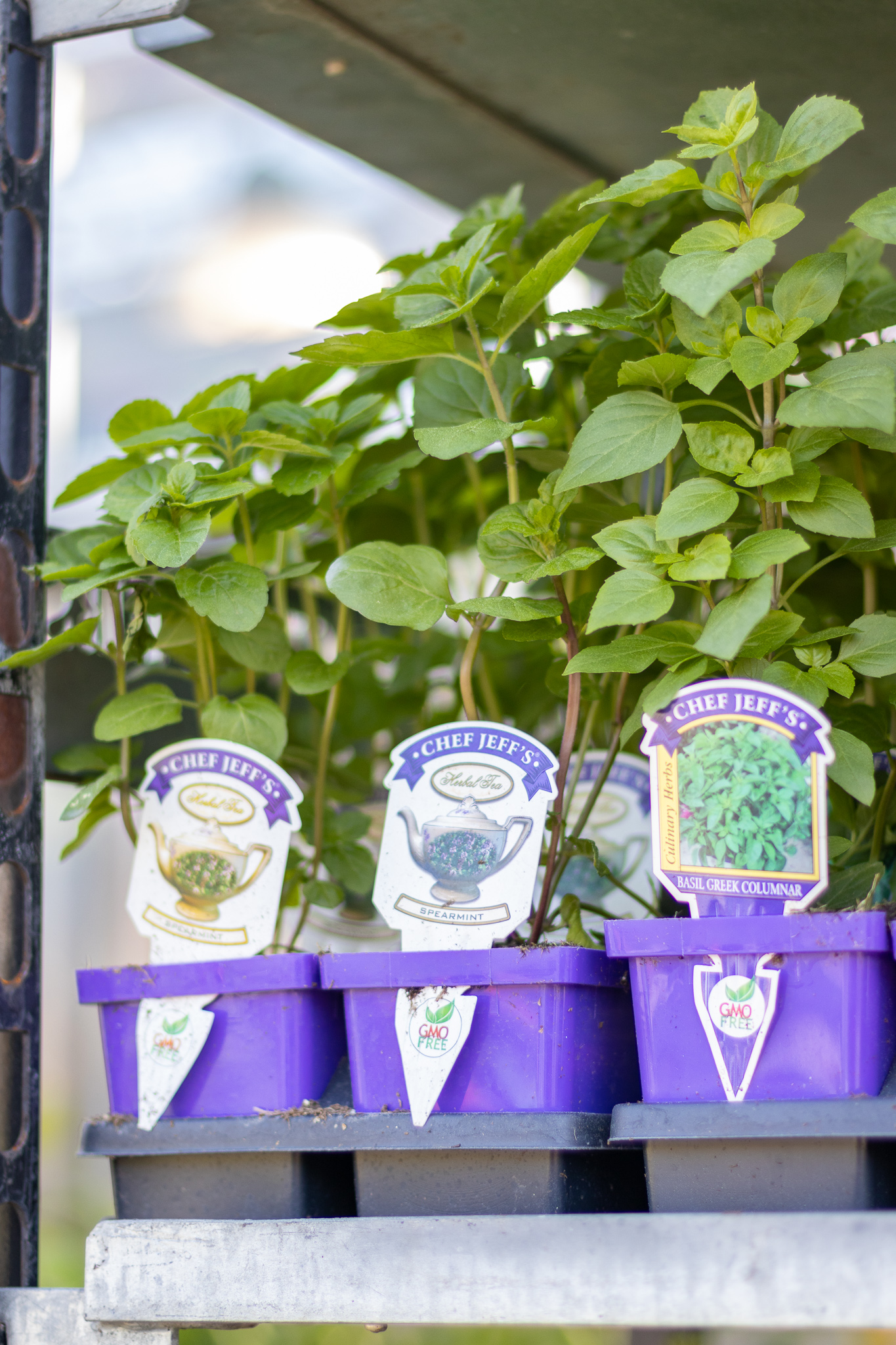As spring emerges into its full season, many gardening enthusiasts eagerly anticipate the opportunity to cultivate fresh herbs in their gardens. Herb gardening not only adds flavor and fragrance to your culinary creations but also offers a host of health benefits and the satisfaction of growing your own ingredients. If you're considering delving into herb gardening this spring, but you're wary of soft-leaved herbs due to lingering cold temperatures, fear not! There are plenty of robust herbs perfectly suited for spring planting. In this guide, we'll explore how to get started with herb gardening for the early spring season.



